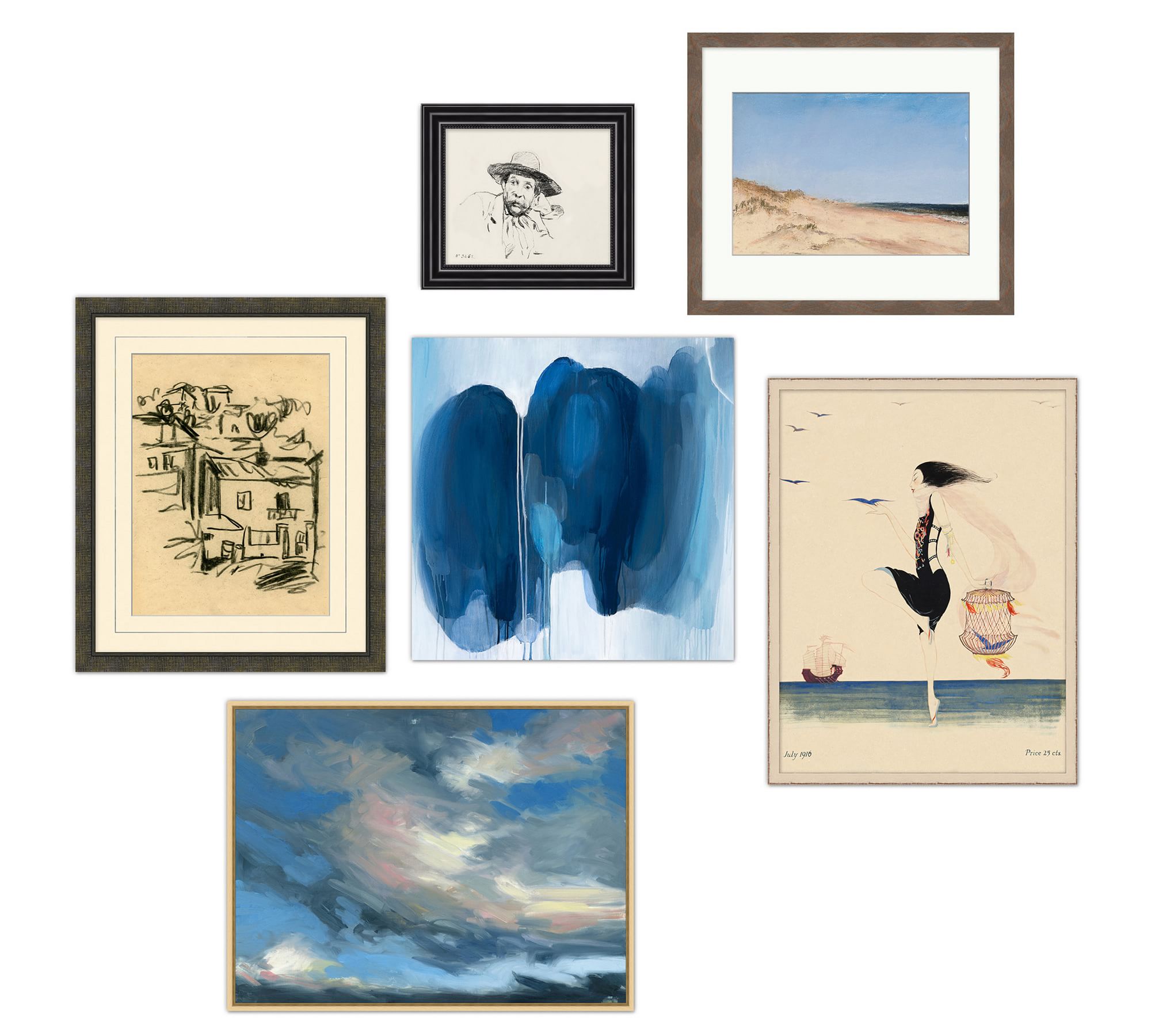Home
the Cause of Art: Professionalizing Art Gallery Newfoundland and Labrador
Loading Inventory...
Barnes and Noble
the Cause of Art: Professionalizing Art Gallery Newfoundland and Labrador
Current price: $90.00


Barnes and Noble
the Cause of Art: Professionalizing Art Gallery Newfoundland and Labrador
Current price: $90.00
Loading Inventory...
Size: Hardcover
*Product Information may vary - to confirm product availability, pricing, and additional information please contact Barnes and Noble
In 1949, Newfoundland and Labrador had a widely celebrated oral culture but little visual art. After entering the Canadian federation, recreational painters worked to create a venue for the display of art.
The Cause of Art
tells the story of the advocates, curators, and professional artists who laid the foundation for an artistic community in the province.
The Memorial University Art Gallery was the site of a struggle between recreational painters who aspired to express their creative impulse and develop a Newfoundland art, and curators who wanted artists to participate in the Canadian art market and international artistic movements. The book recounts the history of passionate and strong-willed curators and cultural administrators who fought for control of the gallery. It reveals how they appealed to competing conceptions of professionalization, as well as diverse political and aesthetic preferences.
Based on extensive archival research in previously unexamined collections, and oral interviews with key informants, this book examines a cultural institution that is widely remembered as the centre of the cultural renaissance in late twentieth-century Newfoundland and Labrador. As a result,
illuminates the relationship between the state and the university during a key period in the modernization of the province.
The Cause of Art
tells the story of the advocates, curators, and professional artists who laid the foundation for an artistic community in the province.
The Memorial University Art Gallery was the site of a struggle between recreational painters who aspired to express their creative impulse and develop a Newfoundland art, and curators who wanted artists to participate in the Canadian art market and international artistic movements. The book recounts the history of passionate and strong-willed curators and cultural administrators who fought for control of the gallery. It reveals how they appealed to competing conceptions of professionalization, as well as diverse political and aesthetic preferences.
Based on extensive archival research in previously unexamined collections, and oral interviews with key informants, this book examines a cultural institution that is widely remembered as the centre of the cultural renaissance in late twentieth-century Newfoundland and Labrador. As a result,
illuminates the relationship between the state and the university during a key period in the modernization of the province.


















